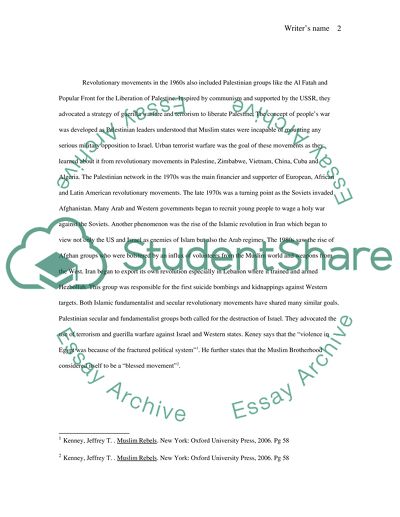Cite this document
(“Revolutionaries and Self Martyrs Essay Example | Topics and Well Written Essays - 2750 words”, n.d.)
Revolutionaries and Self Martyrs Essay Example | Topics and Well Written Essays - 2750 words. Retrieved from https://studentshare.org/history/1546685-revolutionars-and-self-martyrs
Revolutionaries and Self Martyrs Essay Example | Topics and Well Written Essays - 2750 words. Retrieved from https://studentshare.org/history/1546685-revolutionars-and-self-martyrs
(Revolutionaries and Self Martyrs Essay Example | Topics and Well Written Essays - 2750 Words)
Revolutionaries and Self Martyrs Essay Example | Topics and Well Written Essays - 2750 Words. https://studentshare.org/history/1546685-revolutionars-and-self-martyrs.
Revolutionaries and Self Martyrs Essay Example | Topics and Well Written Essays - 2750 Words. https://studentshare.org/history/1546685-revolutionars-and-self-martyrs.
“Revolutionaries and Self Martyrs Essay Example | Topics and Well Written Essays - 2750 Words”, n.d. https://studentshare.org/history/1546685-revolutionars-and-self-martyrs.


